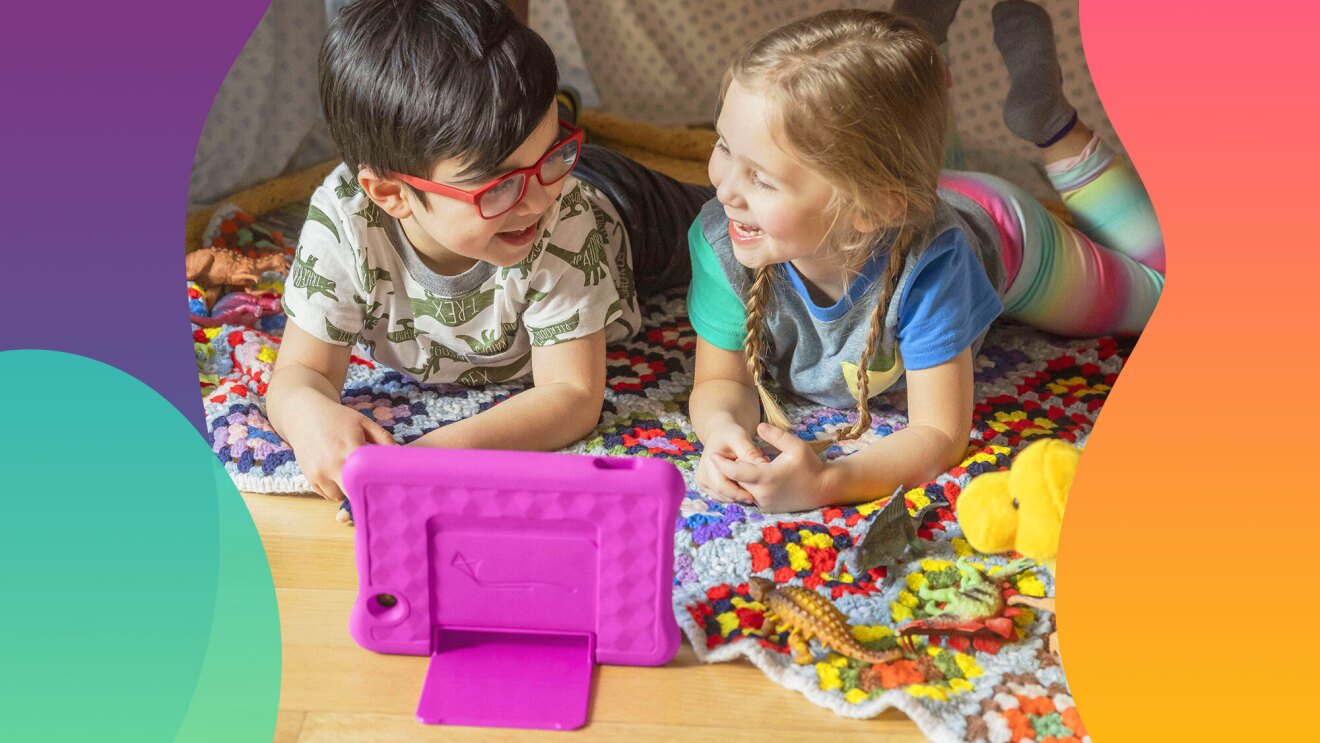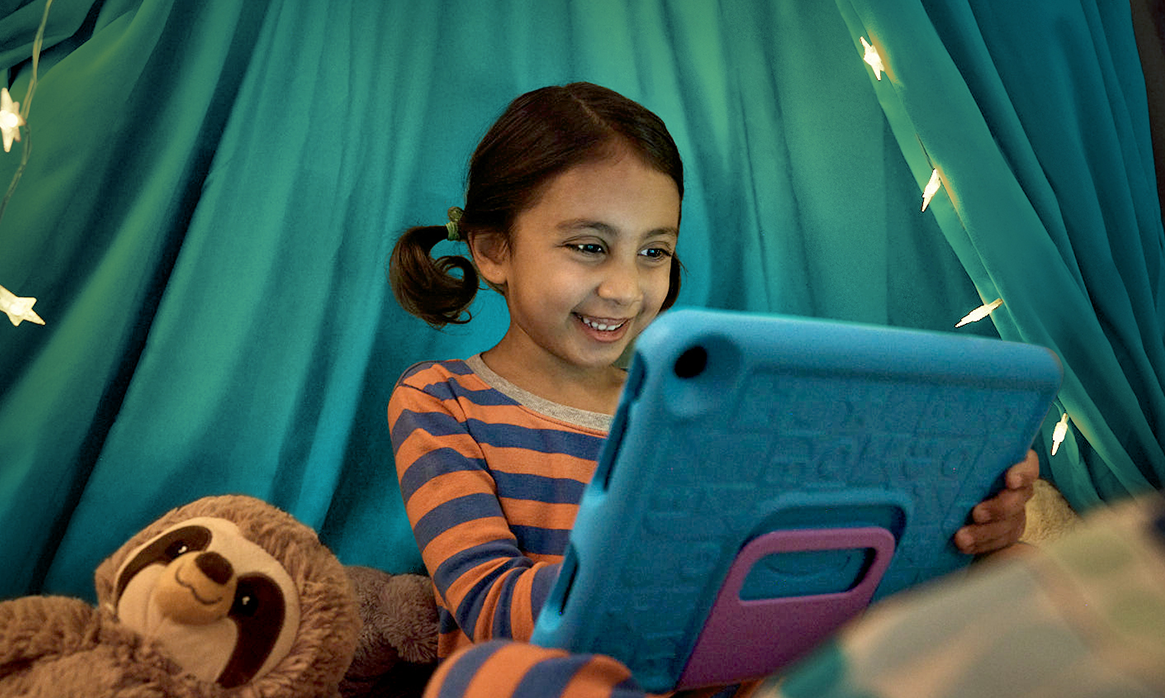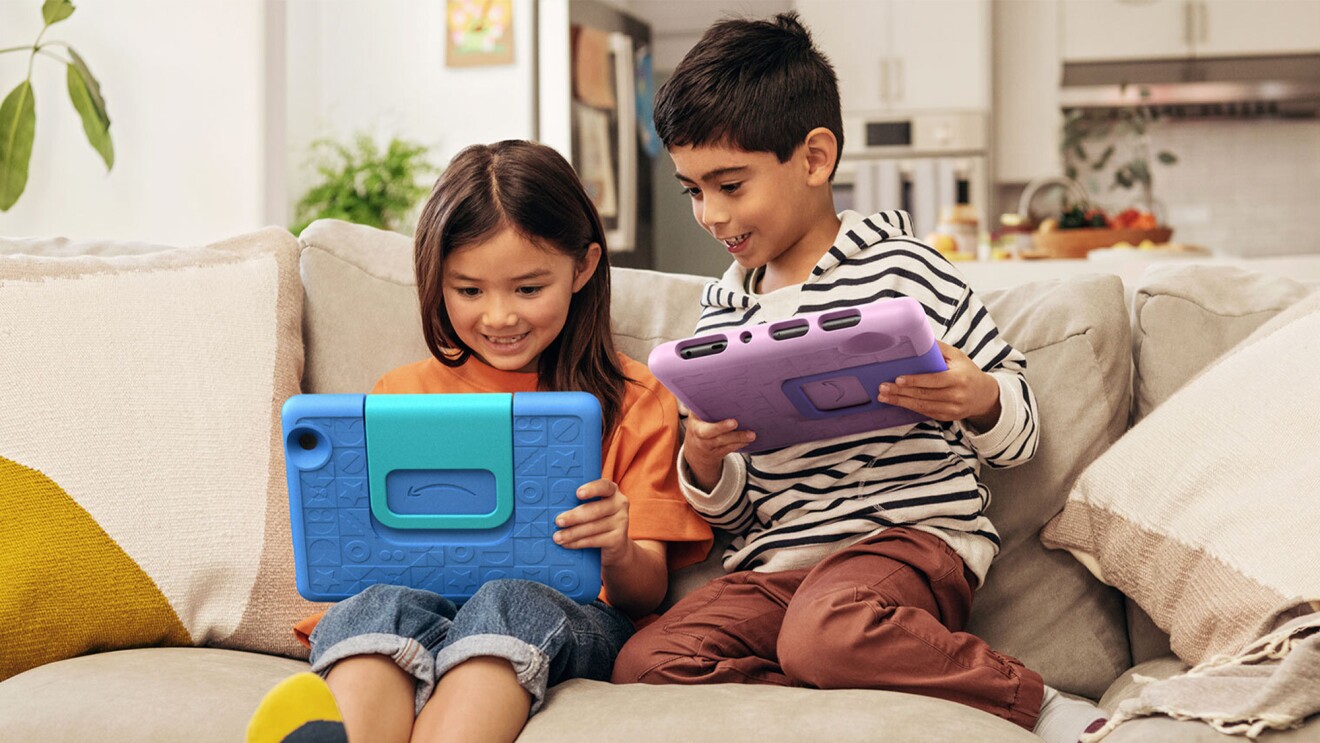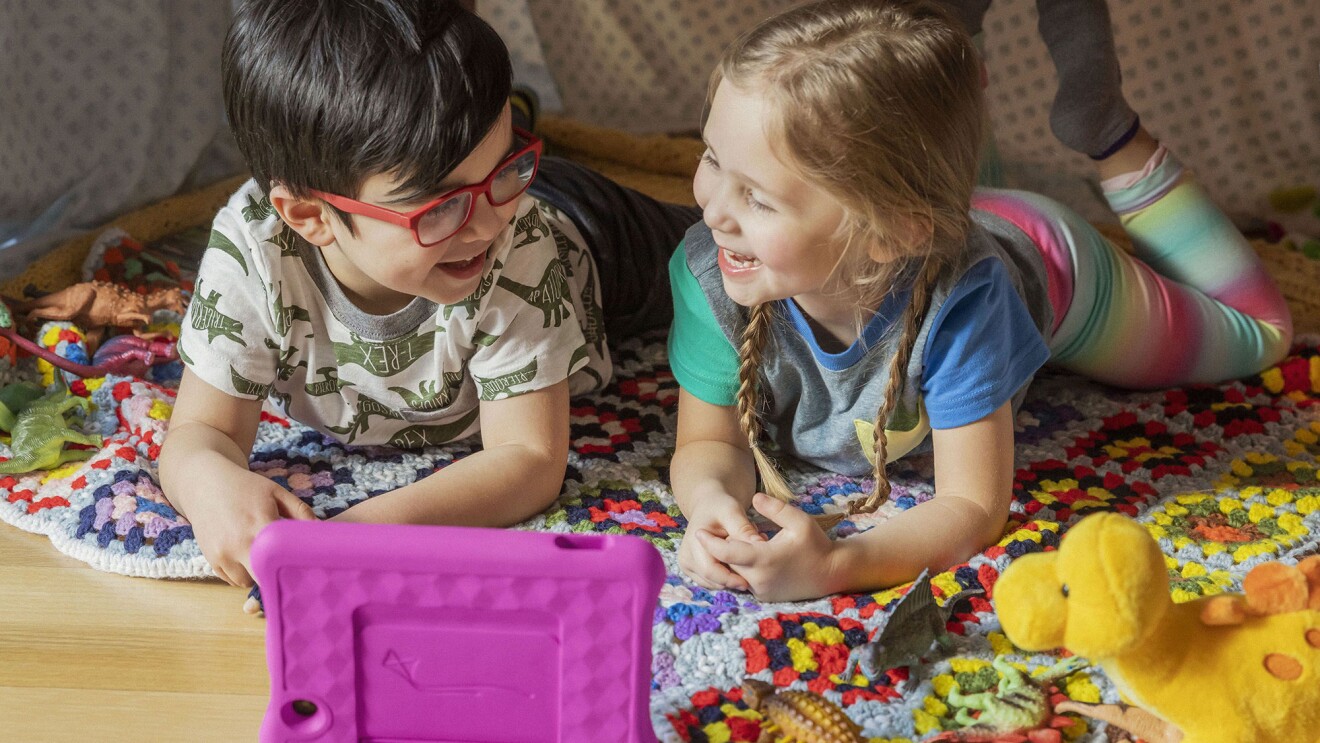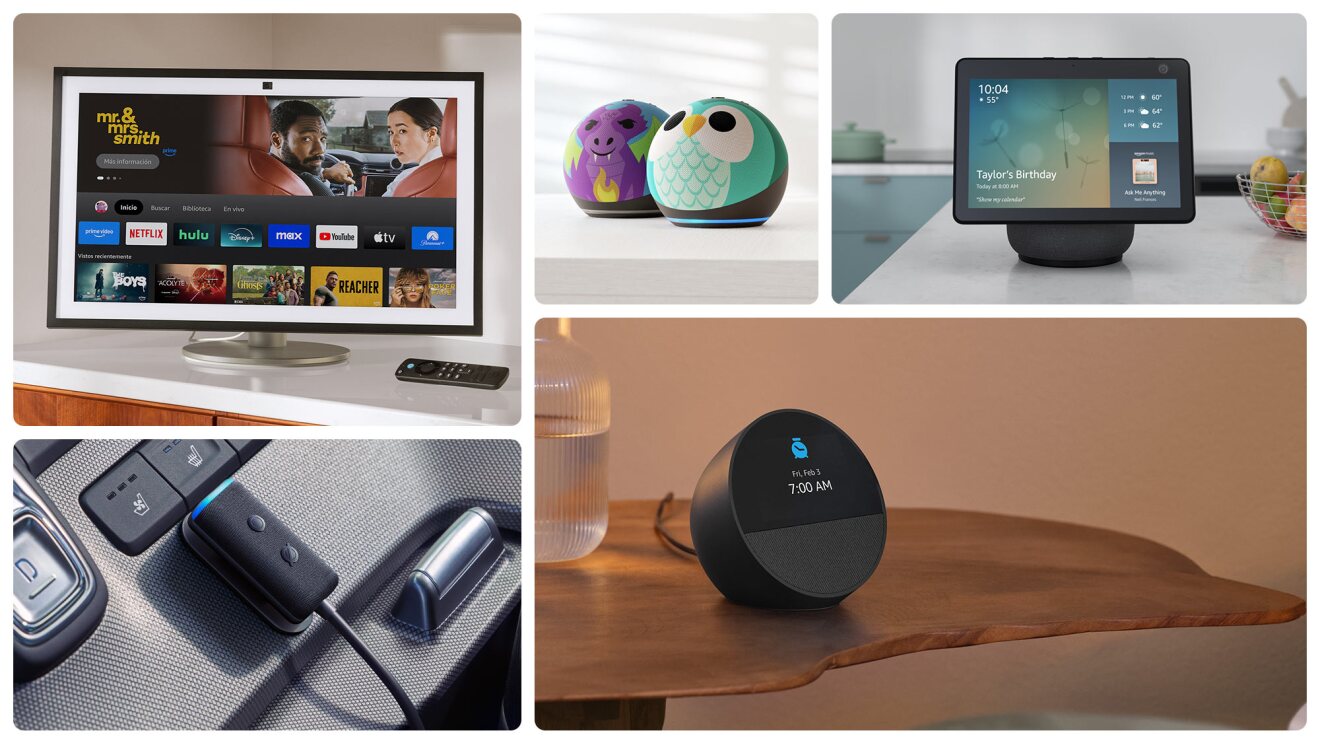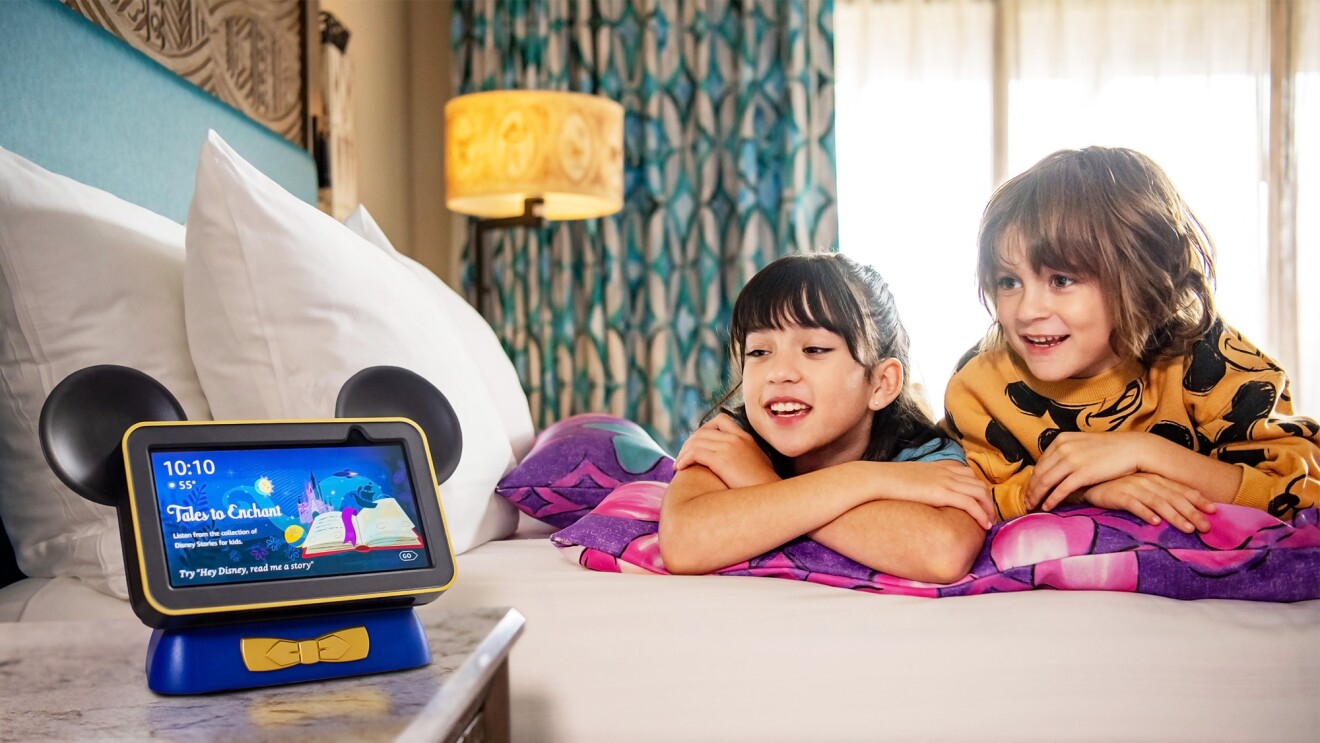Page overview
Put the devices to bed

The American Academy of Pediatrics recommends cutting off screen time at least an hour prior to bedtime. Dr. Michael Rich, an associate professor of pediatrics at Harvard Medical School and founder of the Digital Wellness Lab, advises bedtimes for both kids and devices.
“I recommend to my patients that they turn off all screens 30 to 60 minutes before bedtime and place their phones, tablets, and all screens outside of their bedroom with the volume off overnight. They will fall asleep more easily and stay asleep longer,” said Dr. Rich, who is also a physician and researcher at Boston Children’s Hospital.
Over the last couple of years, schools made investments in devices and online learning systems, which brought overall screen time up. Make sure kids understand that when they have screen time as part of their assigned homework, that time can’t be used for play time.
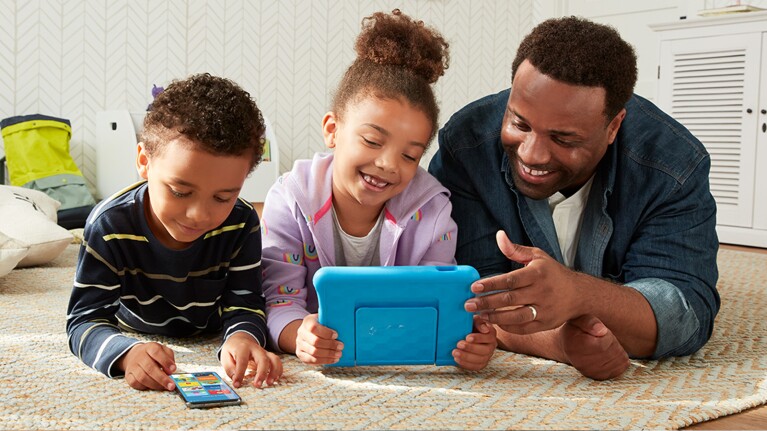
Kids are very perceptive of what’s not fair, and being unilateral about device use may feel that way. Instead, include them in the discussion and get their acceptance of the new school-year rules by writing out a family agreement.
Younger kids find activities like reading, watching videos, or playing games to be a relaxing and needed break, and teens often use their devices as a way to socialize and stay in the loop. Parents also likely have screen time—and kids will naturally model your behaviors and use them to justify theirs.
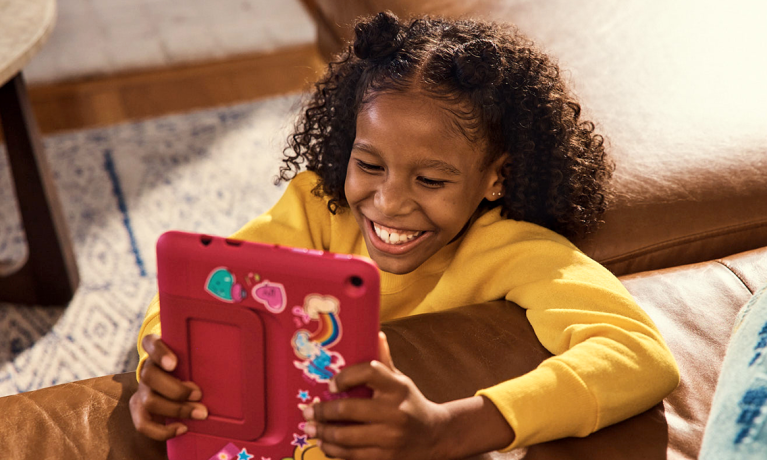
Set rules around what kinds of screen time are earned by what kinds of activities. The same device that has action games may also be stocked with Kindle books that you want them to read. As an example, one rule might be no games or videos until the weekend, and only chatting with friends or browsing the web after homework is done for the day.
All Amazon devices connected to the Amazon Kids+ service, like a Fire Kids tablet or Amazon Echo Dot Kids, can be controlled from the Amazon Kids Parent Dashboard. Amazon Fire Kids tablets have a setting for low blue light, which limits sleep disruption. The setting can be used in the lead-up to a set bed time. After that, you can set the tablet to no longer work for the day and alleviate temptation altogether.
There’s nothing simpler than a timer that can’t be bypassed. Kids will quickly understand and accept that they can’t make it beyond, say, two hours of watching videos per day. This can teach them to value their available screen time—and to be more thoughtful about when they really want to be on a device versus playing outside with friends, for example.
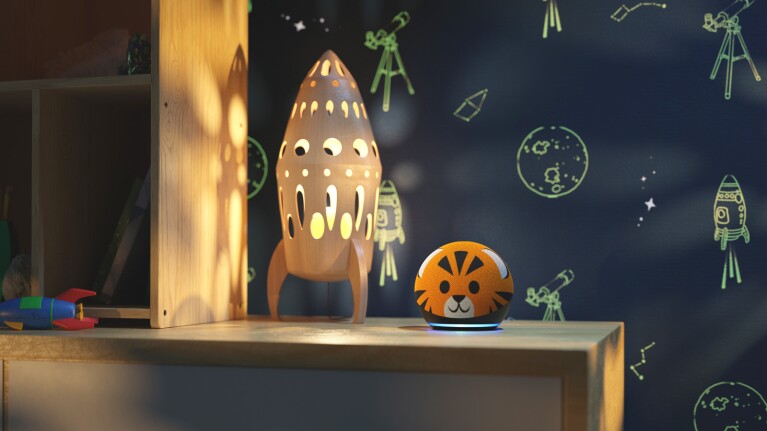
Use Alexa to create routines, foster independence, and add a little fun to the mix. To get started, try these Alexa skills:
- “Alexa, start Chompers” will set off a yarn of jokes, riddles, stories, fun facts, silly songs, and more entertainment that keeps kids brushing their teeth for the full two minutes that dentists recommend.
- “Alexa, wake me up at 8 a.m.” or “Alexa, set a wake-up light alarm for 7 a.m. on my light” will encourage kids to take charge of their wake-up routine.
- “Alexa, read me a bedtime story,” “Alexa, open Disney Stories,” or “Alexa, good night” will offer a wide variety of bedtime story choices.
- “Alexa, turn off the lights” and “Alexa, open Sleep Sounds” will allow your child to stay cozy in bed and drift off to sleep peacefully.
Trending news and stories


